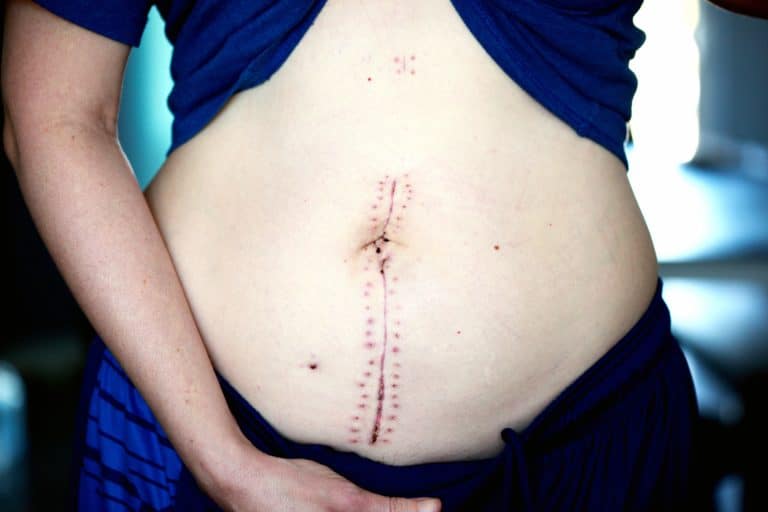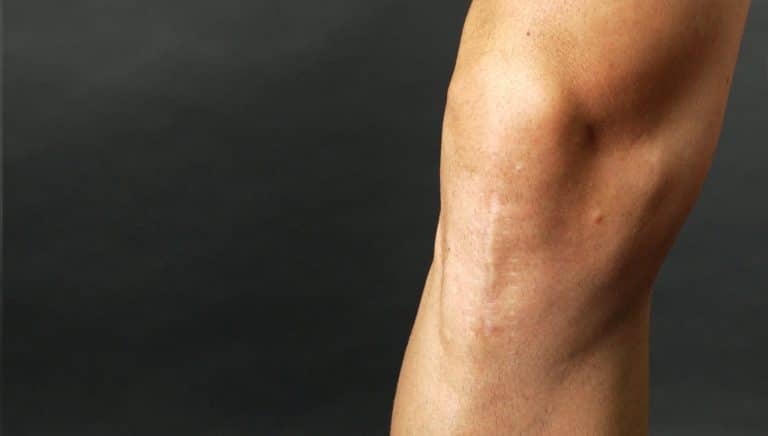
Relieving Hand Joint Pain 🖐️
Sept 2024- Relieve hand joint pain naturally with Stimcare Arthro Patches 🖐️ for fast, effective recovery.
Whatever the scar, its mission is to join the two edges of cut or torn flesh and skin. All scars go through well-defined stages:
At each stage, the process can slow down or speed up. Sometimes the scar suppurates and has difficulty closing, sometimes the scar fibers hypertrophy and adhesions, redness and thickening appear.

Some functional therapists (physiotherapists, osteopaths, occupational therapists, doctors...) who have worked on scars have realized that, beyond their appearance, which can sometimes be highly unsightly (keloid, hypertrophic, pigmented), almost all of them retain their original appearance. traumatic memory leading to mechanical or painful discomfort which can be remote.
Even decades old, scars can retain the memory of the initial trauma or surgical procedure.

Disturbances are observed on :
A scar, even an insignificant one, or one that is 10 years old or more, that seems totally integrated, very often continues to cause disturbance at various levels.

The solution to rehabilitate your scars is to cover them with 1 or 2 Stimcare infrared patches the entire length or surface of the scar line.
The patches act like mirrors, reflecting over 95% of the infrared light emitted by the human body. This concentration of endogenous infrared activates blood microcirculation and promotes scar healing.
This patch is non-transdermalNo chemicals pass through the body. Adhesive, it stays on the skin for 3 to 5 days. Its beneficial healing action lasts up to two weeks.
All healthcare professionals who start applying patches first test their liberating action on scars. These are thousands of patients who have already benefited from this treatment with the trend :

After a few minutes, we note freedom from scarred movementsthanks to the action of the patch. In fact, by sending back endogenous infrared rays, the patch stimulates the dilation of micro-capillaries, reactivating nerve endings. This returns normal information to the brain, and natural body patterns are automatically restored.
If the scar is swollen, keloid, red or adherent, the activation of microcirculation will gradually reactivate all the healing phases. Positive results appear as early as the first month. After 2 to 4 months of daily use of the patches on the scar, we see a reduction in discoloration, a reduction in thickness, a release of adhesions - in short, a return to a healthy, supple, white and normal scar.
Another important point, the patch completely blocks UV raysThis protects the scar from the sun, avoiding burns and disturbances during the scarring phase, which lasts at least 18 months from scar closure.
Patches can be applied as soon as the scars close, i.e. 30 to 45 days after the injury or operation.
Simply apply the patch by following our tutorial videos, available in French only. here to guide you every step of the way.
If you have any questions about how to apply the patch, send your request to sante@stimcareonline.com. A therapist trained and certified to apply STIMCARE patches will take the time to answer your questions.

For all those who suffer from adherent, painful, swollen or even unsightly scars, it is possible to relaunch scarring processes and rehabilitate decades-old scars.
Thanks to the patented eNOsyntex technology present in the Stimcare patch, the infrared rays emitted by the body are reused to restart and complete the healing process, thus restoring suppleness.
Natural and with no side effects, the Stimcare infrared patch is favored by many therapists as the final treatment for your (old) scars.

Sept 2024- Relieve hand joint pain naturally with Stimcare Arthro Patches 🖐️ for fast, effective recovery.

August2024- Discover Musculoskeletal Disorders (MSD), which affect muscles, joints and nerves, impacting quality of life. Find out more here.
Do you have any questions about using patches?
Stimcare - Tortel Industries, 2761 Les Rouvières, 26220 Dieulefit, France (excluding French overseas departments and territories)